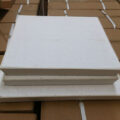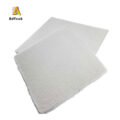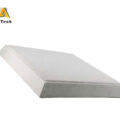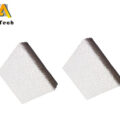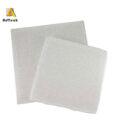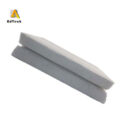Molten Aluminium Filters have been used for many years to improve the quality of castings. The main function of the filter is to enable many users to remove foreign matters from the molten metal. Inclusions can cause various problems in the manufacturing of aluminum alloy castings. The actual measurement of filtration efficiency and cleanliness of liquid aluminum alloy is a complex subject, which is not dealt with here.
Another effect of using molten aluminium filters that are not considered by all users is the ability to control turbulence in mold fill and melt. Several casting alloys, such as aluminum, magnesium and ductile iron, are sensitive to turbulent mold filling because they react easily with the surrounding environment and form harmful oxide films that may be entrained into the entire melt. The entrained oxide film usually reduces the mechanical properties and may lead to more pores. The filter reduces the velocity of the melt, thereby reducing surface turbulence. The reduced surface turbulence after the filter means that there is less risk of the formation and entrainment of oxide film or air in the liquid metal.
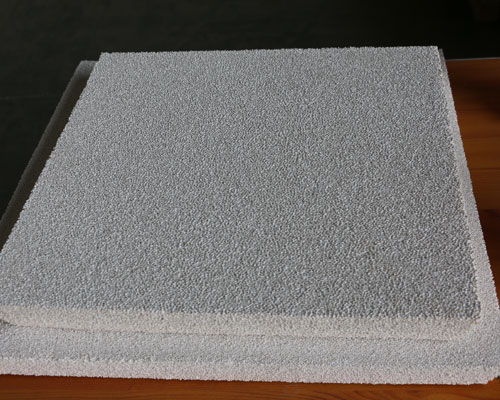
Recent work has shown that the use of ceramic foam filters in the runner system mainly improves the reliability of casting alloys by controlling metal velocity rather than by removing inclusions. The authors suggest that such filters do not retain any amount of inclusions and that filters may actually increase the number of inclusions in castings. For aluminum alloys with oxide film as the main inclusion, the filter seems to cut and wrap the film to produce tighter defects and then break them down.
Dispersed throughout the casting. These dispersed defects are associated with dispersed micropores, and they may actually be the cause of the micropores.
Basically, there are two kinds of mechanisms to accomplish filtration – deep bed filtration and cake filtration, which usually work together.




